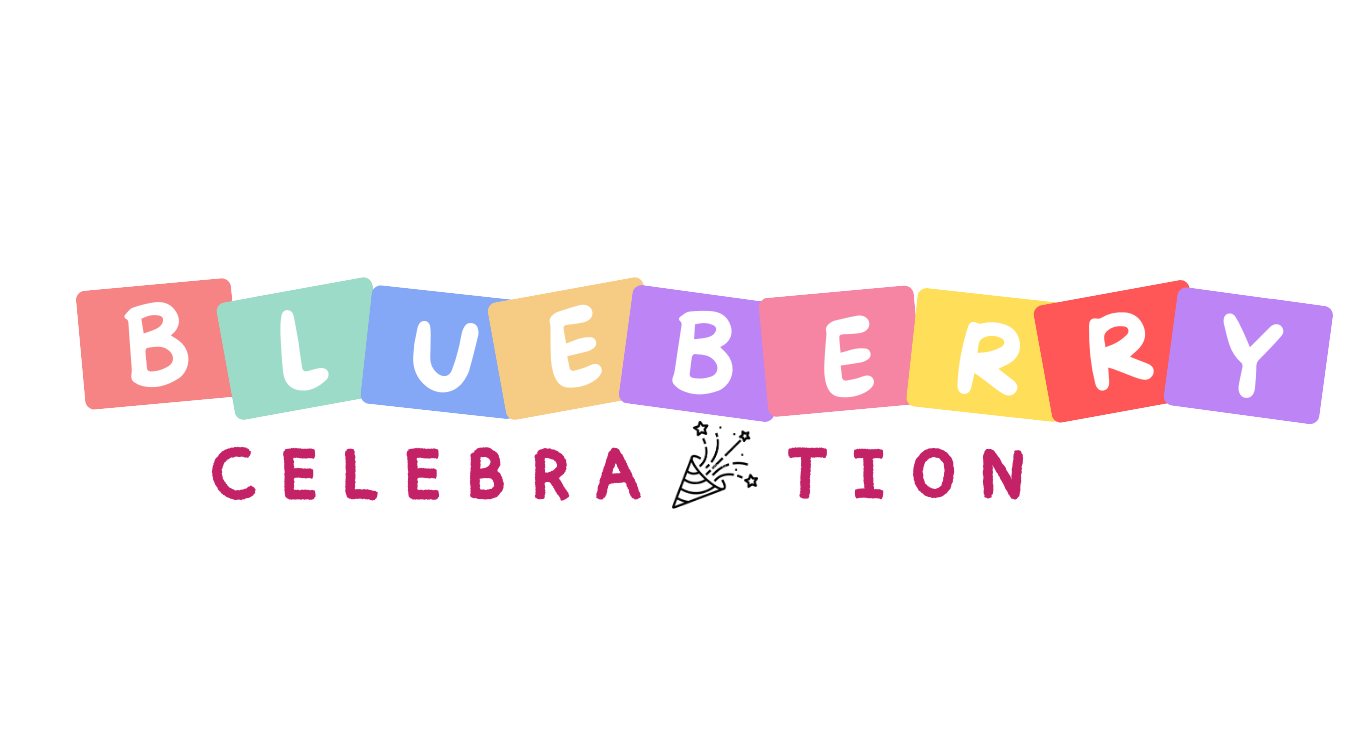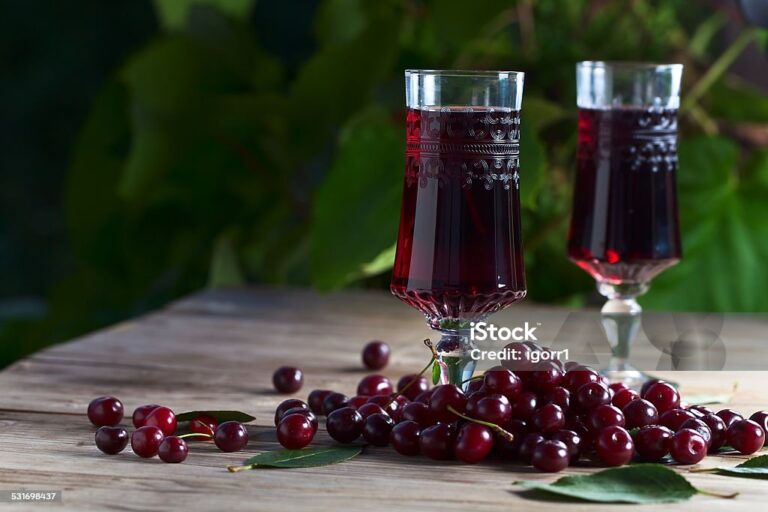Each on a journey through vineyards brimming with summer juice. With its deep, rich colors and captivating aroma, blueberry wine attracts wine enthusiasts to enjoy its exquisite taste. Join us as we “Exploring the delightful world of blueberry wine, a refreshing twist on traditional winemaking that tantalizes the senses and leaves a lasting impression.”
Table of Contents
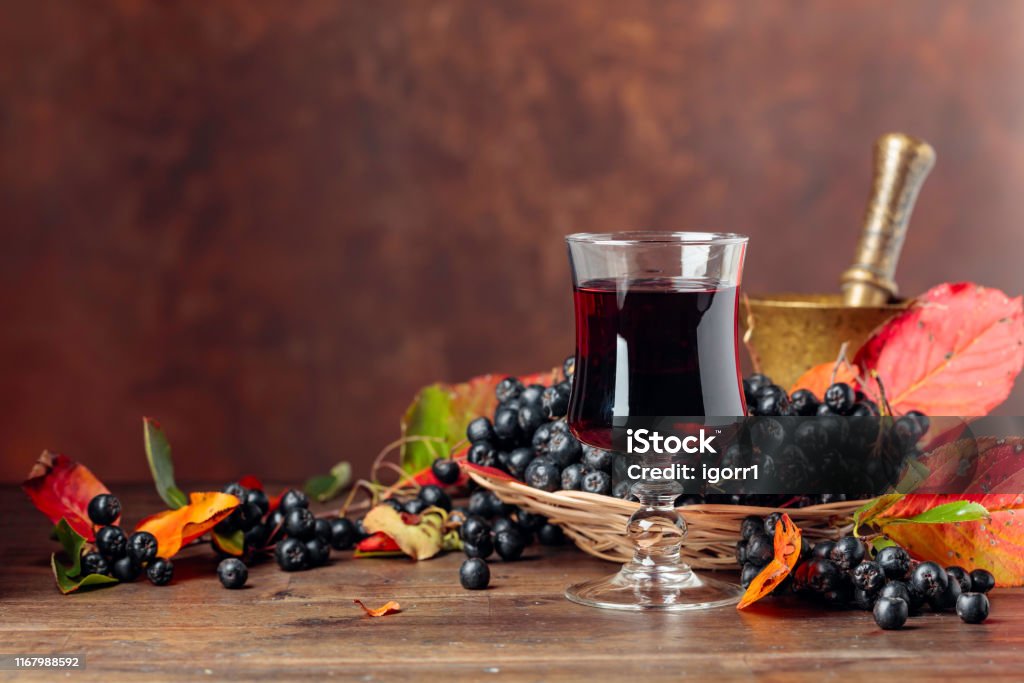
A Burst of Berry Bliss: The Unique Appeal of Blueberry Wine
- Blueberry wine offers a distinctive and enjoyable drinking experience marked by its vibrant flavor and aromatic profile. Unlike traditional grape wines, blueberry wines have a bold, fruity essence that captures the essence of ripe blueberries.
- A major aspect of its unique appeal is that it captures the essence of summer, with each sip evoking memories of sunny days spent picking berries fresh from the vine. This vibrant flavor profile differentiates blueberry wine from other fruit wines, offering a refreshing option for wine lovers wanting something different.
- Additionally, the production process of blueberry wine contributes to its singular appeal. The blueberries are carefully picked and crushed to extract their juice, which is then fermented and prepared to perfection. This careful process ensures that the wine retains the full flavor of the berries while developing complexity and depth over time.
- Additionally, blueberry wine often surprises drinkers with its versatility. While it can be enjoyed as a refreshing aperitif, it also pairs beautifully with a variety of foods. From creamy cheeses to savory meats and delicious desserts, blueberry wine adds a burst of flavor to any meal, making it a favorite choice for both casual gatherings and gourmet dining experiences.
- In short, the unique appeal of blueberry wine lies in its vibrant flavor, aromatic profile, and versatile nature. Whether enjoyed alone or mixed with food, this berry delivers a delight that captivates the palate and leaves a lasting impression.

Crafting Excellence: The Artisanal Process Behind Blueberry Wine
Crafting Excellence: The Artisan Process Behind Blueberry Wine” probably refers to the complex and meticulous process involved in producing high-quality blueberry wine through artisanal methods. Let’s break down the key components:
- Selection of Ingredients: The process begins with the careful selection of blueberries. Artisan growers often prioritize quality over quantity, selecting locally sourced or hand-picked berries that are ripe and delicious.
- Maceration: Blueberries are crushed or macerated to extract their juice and flavor. This step is important to extract the essence of the fruit and achieve the desired flavor profile.
- Fermentation: The juice obtained from macerated blueberries is then fermented. During fermentation, yeast turns the sugars in the juice into alcohol, creating blueberry wine. Artisan producers may use traditional fermentation methods and rely on natural yeasts present in the fruit or the environment to impart unique flavors to the wine.
- Aging: After fermentation, the wine is aged to develop complexity and character. Artisan producers can age their blueberry wines in oak barrels or stainless steel tanks, depending on their desired flavor profile. This stage allows the wine to soften, integrate the flavors, and achieve balance.
- Blending: Some artisan producers may choose to blend different batches of blueberry wine to create a final product that exhibits a harmonious balance of flavor and aroma. This step requires skill and precision to achieve the desired flavor profile.
- Bottling and Packaging: Once the wine has reached its optimum flavor and aroma, it is bottled and packaged with great care. Artisan makers may hand-label each bottle and pay special attention to every detail of the packaging to reflect the craftsmanship and quality of the product.
- Quality Control: Throughout the entire process, artisan producers adopt strict quality control measures to ensure that each batch of blueberry wine meets their standards of excellence. This may include regular tasting sessions, monitoring of fermentation conditions, and careful attention to detail at every stage of production.
Overall, preparing blueberry wine using artisanal methods involves a combination of tradition, expertise and passion to create a product of exceptional quality. Each step of the process contributes to the unique character and flavor profile of the final product, making it a true artisan masterpiece.
Health Benefits Uncorked: Exploring the Nutritional Value of Blueberry Wine
The statement “Health Benefits Uncorked: Exploring the Nutritional Value of Blueberry Wine” suggests a topic for exploration about the potential health benefits and nutritional value of blueberry wine. Let’s break it down into parts:
- Health Benefits: This indicates that the focus will be on the positive health effects of consuming blueberry wine. Blueberries are generally considered to be rich in antioxidants and other beneficial compounds that may promote health in a variety of ways. Exploring the potential health benefits of blueberry wine will include looking at how these properties are retained or altered during the winemaking process and how they may affect human health when consumed.
- Uncorked: This term is often associated with opening a bottle of wine by removing the cork, but here it is used metaphorically for unveiling or revealing something. In this context, it implies that there may be discoveries or insights about the health benefits of blueberry wine that have not been widely discovered or understood.
- Exploring Nutritional Value: This prompts us to focus on the nutritional content of blueberry wine. Wine, in general, contains various compounds derived from the grapes or fruits used in its production, and blueberry wine would be no exception. Exploring its nutritional value will involve analyzing the composition of the wine to identify the vitamins, minerals, antioxidants and other bioactive compounds present in it.
- Blueberry Wine: Unlike traditional grape wines, blueberry wine is made from blueberries. It involves fermenting blueberry juice with yeast to produce alcohol. Blueberries are known for their rich antioxidant content and other health-promoting properties, so making wine from blueberries raises questions about how these properties are affected by the fermentation process and how they contribute to the nutritional value and potential health benefits of the resulting wine. Can contribute.
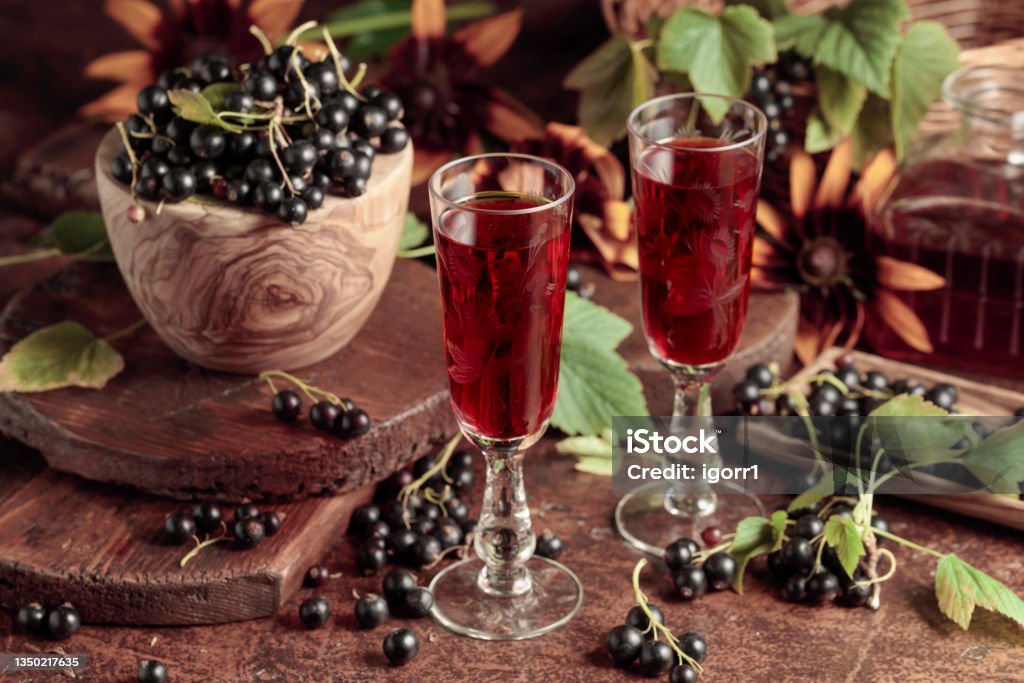
Pairing Perfection: Blueberry Wine and Culinary Compliments
Pairing perfection refers to the art and science of combining different types of foods and beverages in such a way that they enhance each other’s flavors, creating a harmonious and enjoyable dining experience. When it comes to wine pairing, choosing the right wine to accompany a particular dish can greatly enhance the flavor of both the food and the wine.
In the case of blueberry wine, which is a type of fruit wine made primarily from blueberries, culinary appreciation involves identifying foods that not only complement the wine’s unique flavors but also bring out its best. Also bring out the qualities. Blueberry wines typically have a fruity, slightly sweet, and sometimes tart flavor along with refreshing acidity. So, when pairing it with food, you’ll want to consider dishes that either contrast or enhance these characteristics.
Here are some general guidelines and tips for pairing blueberry wine with complementary foods:
- Fruit and Cheese Pairing: Blueberry wine’s fruity and slightly sweet flavor makes it an excellent match for a variety of cheeses, especially those with creamy or light profiles. Consider pairing it with a soft cheese like Brie or Camembert, which have a rich and buttery texture that complements the sweetness of the wine. You can also pair blueberry wine with sharper cheeses like goat cheese, as the acidity of the wine can balance out the sharpness of the cheese.
- Poultry and Pork: Can pair well with poultry dishes such as roasted chicken or duck as well as pork dishes such as pork tenderloin or glazed ham. The fruit flavors of the wine can complement the subtle sweetness of these meats, while its acidity can help tone down any richness.
- Salads and Light Appetizers: The refreshing acidity of blueberry wine makes it a great match for salads and light appetizers. Consider pairing it with a salad of fresh vegetables, nuts, and a vinaigrette dressing, as the acidity of the wine can complement the acidity in the dressing. You can also pair blueberry wine with appetizers such as bruschetta over tomatoes and basil, or with a cheese and fruit platter.
- Desserts: The natural sweetness of blueberry wine makes it a perfect pairing for desserts. Serve it with desserts like berry tart, fruit cobbler or cheesecake to give your meal a deliciously sweet treat. You can also pair blueberry wine with dark chocolate desserts, as the fruity flavor of the wine can complement the richness of the chocolate.
Ultimately, the key to pairing blueberry wine with an appreciation of the culinary arts is to experiment and find combinations that you enjoy. Don’t be afraid to try different pairings to find the one that best suits your taste preferences.
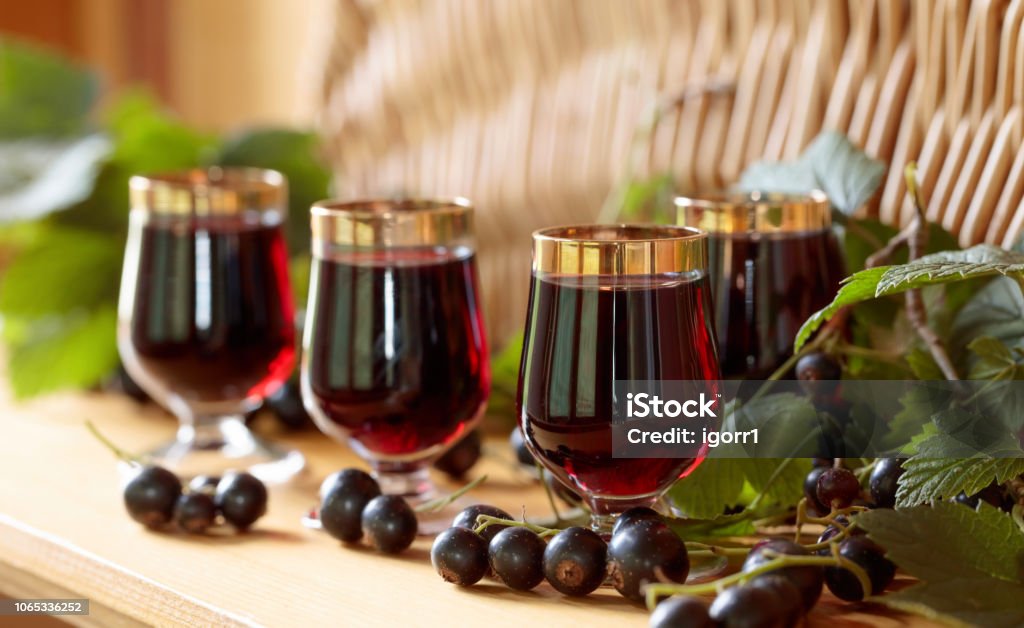
From Farm to Glass: Tracing the Origins of Blueberry Wine
“From Farm to Glass: Tracing the Origins of Blueberry Wine” probably refers to a detailed exploration or study on the process and journey of blueberry wine production, starting from the cultivation of blueberries in the field to the final product being poured into a glass. goes. consumption. Here’s a description of what this phrase might include:
- Cultivation and Harvesting: The process begins with the cultivation of blueberries in a field. This includes selecting the right variety of blueberry, preparing the soil, planting the bushes, and maintaining them during the growing season. This study may shed light on specific techniques used in blueberry cultivation, including irrigation, pest control and fertilization.
- Ripening and harvesting: Blueberries ripen at different times depending on the variety and location. The study can explore factors influencing the ripening process and optimal timing of harvesting blueberries to achieve the desired flavor profile for wine production. This may include considerations such as sugar content, acidity and overall fruit quality.
- Processing and fermentation: After harvesting, blueberries need to be processed to extract their juice. This may involve crushing or pressing the berries to extract the juice. The juice is then usually fermented with yeast to convert the sugars into alcohol, a process similar to making wine. The study may contain details of the fermentation process, including choice of yeast strains, fermentation temperature and duration.
- Aging and bottling: Once fermentation is complete, blueberry wine may undergo an aging process to develop its flavor and character. This may involve aging in stainless steel tanks or oak barrels, each imparting unique qualities to the wine. Studies may discuss the effects of different aging techniques on the final product and how winemakers determine the optimal aging period. After aging, the wine is typically clarified, filtered, and bottled for distribution.
- Quality Control and Traceability: Throughout the entire process, quality control measures are implemented to ensure that the wine meets certain standards of taste, aroma, and appearance. Studies could examine these quality control processes and how they contribute to the overall quality of blueberry wine. Additionally, traceability measures can be implemented to track the origin of blueberries used in winemaking, ensuring transparency and authenticity for consumers.
Overall, “From Farm to Glass: Tracing the Origins of Blueberry Wine” contains as comprehensive an examination of the entire journey of blueberry wine production as possible, from the field where the berries are grown to the glass where the finished product is enjoyed. goes.
